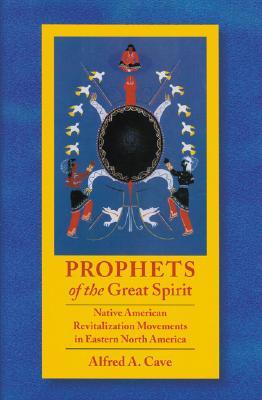Among the prophets included in this study are the Delaware Neolin, the Shawnee Tenkswatawa, the Creek "Red Stick" prophets, the Seneca Handsome Lake, and the Kickapoo Kenekuk. Covering more than a century, from the early 1700s through the Kickapoo Indian removal of the Jacksonian Era, the prophets of the Great Spirit sometimes preached armed resistance but more often used nonviolent strategies to resist white cultural domination. Some prophets rejected virtually all aspects of Euro-American culture. Others sought to assure the survival of their culture through selective adaptation.
Alfred A. Cave explains the conditions giving rise to the millenarian movements in detail and skillfully illuminates the key histories, personalities, and legacies of the movement. Weaving an array of sources into a compelling narrative, he captures the diversity of these prophets and their commitment to the common goal of Native American survival.
